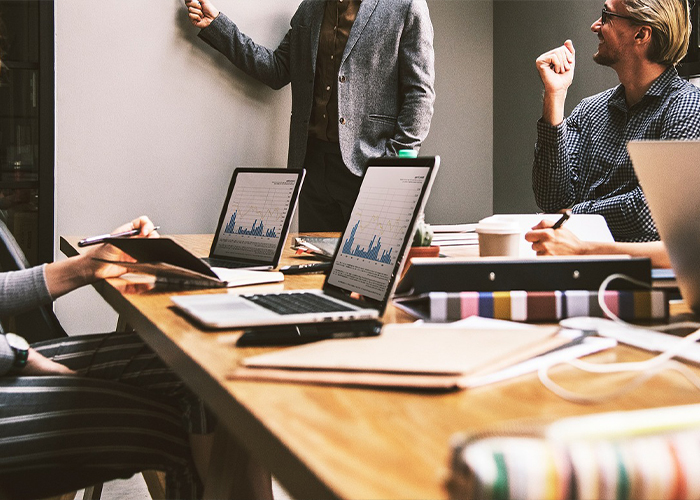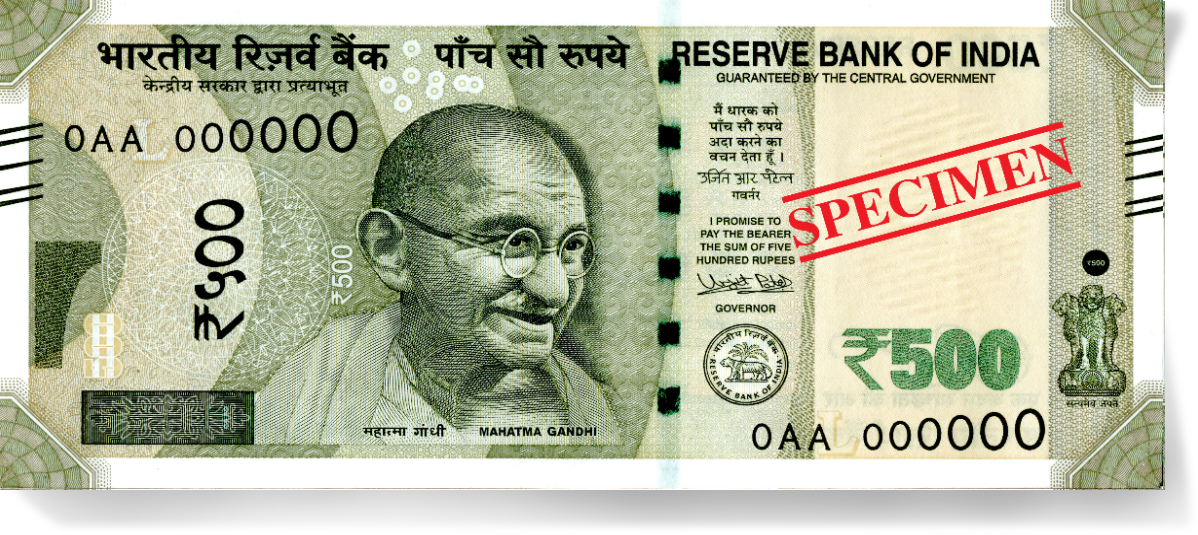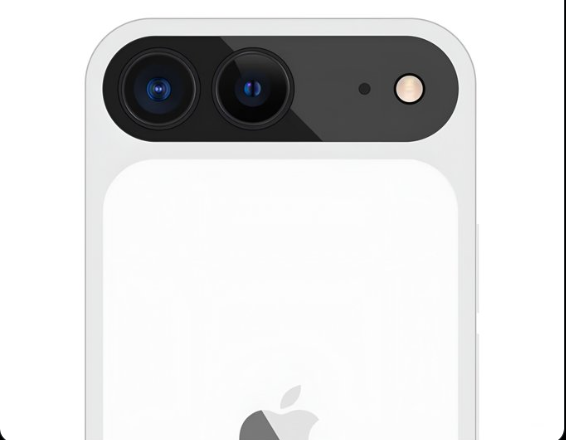Medical Equipment Industry: Investing in Innovation: High-Growth Top Careers in the Booming Medical Equipment Industry for Income Portfolio
Emerging Trends in the Medical Device Industry: Shaping the Future of Healthcare
The Medical equipment Industry has turned into an imperative area in the medical services field, enveloping an expansive range of exercises that upset patient consideration. From assembling state of the art gadgets to thorough testing and productive conveyance, this industry assumes a critical part in diagnosing, treating, and observing different ailments. With progressions in innovation and a maturing worldwide populace, the clinical gadget industry has seen phenomenal development. This article investigates the critical parts of the business and reveals insight into its massive effect on medical care.
The medical equipment industry is a dynamic and ever-evolving one, driven by advancements in technology, increasing demand for healthcare services, and a growing focus on personalized and preventative medicine. Here are some of the key trends that are shaping the industry:
Trends in medical equipment:
Medical Equipment Trends:
- Miniaturization & Portability: Think smaller, lighter devices for home and point-of-care use. (e.g., miniaturized ultrasound machines)
- Connectivity & Remote Monitoring: Devices transmitting patient data wirelessly for improved care and cost reduction. (e.g., smart insulin pumps)
- AI & Machine Learning: AI aiding in image analysis, diagnosis, and treatment planning. (e.g., AI-powered cancer detection software)
- Telemedicine: Remote healthcare delivery using technology, particularly valuable for rural or limited mobility patients.
- Personalized Medicine: Equipment providing individual data and insights for targeted treatment.
Low competition and high demand medical equipment:
While the medical equipment industry is large and complex, there are certain niches that offer opportunities for companies with innovative products and technologies. Here are some areas where there is low competition and high demand:
- Equipment for rare diseases: There is a growing need for medical equipment that can diagnose and treat rare diseases. Companies that develop such equipment can have a significant competitive advantage.
- Equipment for personalized medicine: As mentioned above, personalized medicine is a growing trend. There is a need for medical equipment that can be used to collect and analyze individual patient data.
- Equipment for home care: The aging population is driving the demand for home care services. There is a need for medical equipment that can be used to monitor and care for patients at home.
- Equipment for emerging markets: There is a growing demand for medical equipment in emerging markets. Companies that can develop affordable and easy-to-use equipment for these markets can have a significant opportunity.
It is important to note that the medical equipment industry is highly regulated, and any new product must go through a rigorous approval process before it can be marketed. However, for companies with innovative products that address unmet needs, the rewards can be significant.
Companies to Watch:
- Medtronic: Leader in medical devices like pacemakers and insulin pumps.
- Siemens Healthineers: Imaging and diagnostics giants, pioneering AI integration.
- Philips: Diverse healthcare technology portfolio, strong in connected care solutions.
- Abbott Laboratories: Diagnostics, medical devices, and pharmaceuticals powerhouse.
- Stryker: Medical and surgical equipment focused on orthopedics, neurotechnology, and more.
Remember, this is just a brief overview. Each company has its strengths and areas of focus within the broader trends.
The Developing Scene of Medical equipment Device Industry Assembling:
Medical Device Industry gadget producing has changed medical care by creating cutting edge gadgets that improve patient results. From life-saving inserts and prosthetics to creative indicative gear, these gadgets have altered treatment draws near. The business has embraced progressed fabricating strategies, like 3D printing and nanotechnology, empowering the development of modified gadgets that better suit individual patients' necessities. Besides, the reconciliation of man-made reasoning (simulated intelligence) and AI has essentially further developed gadget execution, exactness, and dependability.
Guaranteeing Wellbeing and Viability through Thorough Testing:
The wellbeing and viability of medical device gadgets are of foremost significance, requiring thorough testing and administrative consistence. Pre-market testing includes assessing the gadget's usefulness, sturdiness, and adherence to somewhere safe and secure guidelines. Clinical preliminaries, including human subjects, give urgent information on gadget execution and expected chances. Administrative bodies, like the Food and Medication Organization (FDA) in the US, assume a basic part in evaluating and supporting gadgets for market passage. Persistent post-market reconnaissance distinguishes any unfavorable occasions, considering ideal mediations and gadget enhancements.
Headways in Advanced Wellbeing and Availability:
The coming of advanced wellbeing and network has reformed the clinical gadget industry, opening ways to additional opportunities in persistent consideration. Gadgets outfitted with sensors, remote network, and information stockpiling capacities empower distant patient observing, continuous information investigation, and telemedicine. Wearable gadgets, as smartwatches and wellness trackers, have acquired notoriety in checking crucial signs, actual work, and rest designs. These gadgets enable people to assume responsibility for their wellbeing and work with early identification and intercession of potential medical problems.
Improving Careful Accuracy and Negligibly Intrusive Strategies:
Medical equipment Device gadgets play had a vital impact in progressing careful strategies, considering improved accuracy and diminished obtrusiveness. Automated careful frameworks, like the da Vinci Careful Framework, give specialists improved perception, smoothness, and control during complex systems. Insignificantly obtrusive gadgets, as laparoscopic instruments and catheters, limit injury, advance quicker recuperation, and diminish emergency clinic stays. These progressions have worked on understanding results as well as diminished medical services costs by diminishing postoperative confusions.
Advancing Availability and Reasonableness:
The medical equipment/device industry gadget industry endeavors to make medical services open and reasonable to all, paying little mind to geological area or financial status. Developments, for example, versatile analytic gadgets, purpose in care testing units, and portable wellbeing applications enable medical services suppliers to arrive at distant regions and underserved populaces. Also, headways in assembling strategies have prompted financially savvy creation, making fundamental clinical gadgets more reasonable and available to patients around the world.
Trending to Difficulties and Guaranteeing Administrative Consistence:
While the medical equipment/ device industry gadget industry has encountered amazing development, it additionally faces difficulties in guaranteeing patient wellbeing and keeping up with administrative consistence. Quick mechanical progressions might outperform the administrative system, raising worries in regards to gadget security, protection, and moral ramifications. Industry partners should team up with administrative bodies and stick to rigid principles to relieve these difficulties and maintain patient government assistance.
Future
The eventual future of the medical equipment device industry gadget industry looks encouraging. Arising patterns like cutting edge innovations, advanced wellbeing coordination, and imaginative assembling procedures are set to upset medical care. These patterns will prompt better tolerant results, expanded productivity, and cost investment funds. Admittance to medical services will be improved through remote observing and telemedicine. Market extension, upper hand, and joint effort open doors will drive development and benefit. Organizations that embrace these patterns will shape the eventual fate of medical services, tending to neglected needs, extending around the world, and guaranteeing long haul maintainability.
End of conclusion:
The medical equipment device industryl gadget industry has seen uncommon development, assuming an extraordinary part in current medical care. From assembling state of the art gadgets to guaranteeing thorough testing and effective conveyance, the business keeps on altering patient consideration. The coordination of trend setting innovations, like man-made intelligence, computerized wellbeing, and network, has additionally moved the business' development. As the business pushes ahead, cooperation between producers, medical care suppliers, controllers, and patients will be critical to address difficulties and guarantee the advancement of protected, compelling, and available clinical gadgets that shape the fate of medical services.
Writer
Devraj Gorai

























